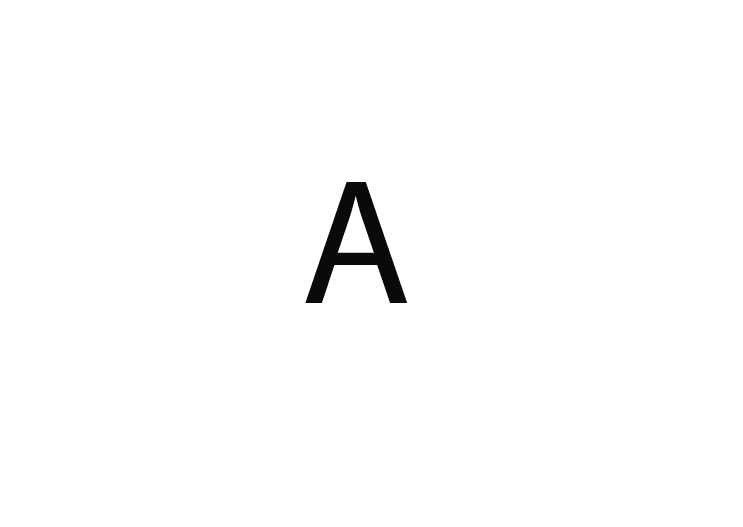Keratoconus is a progressive eye disease in which the normally round cornea thins and begins to bulge into a cone-like shape. This cone shape deflects light as it enters the eye on its way to the sensitive retina, causing distorted vision. Keratoconus can occur in one or both eyes and often begins during a person's teenage years or early twenties.
Keratoconus signs and symptoms?
As the cornea becomes more irregular in shape, it causes progressive nearsightedness and irregular astigmatism to develop, creating additional problems with distorted and blurred vision. Glare and light sensitivity may also occur.
Often keratoconic patients experience changes in their eyeglass prescription every time they visit their eye care practitioner.
What causes keratoconus?
New research suggests that weakening of the corneal tissue that leads to keratoconus may be due to an imbalance of enzymes within the cornea. This imbalance makes the cornea more susceptible to oxidative damage from compounds called free radicals, causing it to weaken and bulge forward.
Risk factors for oxidative damage and weakening of the cornea include a genetic predisposition, explaining why keratoconus often affects more than one member of the same family.
Keratoconus also is associated with overexposure to ultraviolet rays from the sun, excessive eye rubbing, a history of poorly fitted contact lenses and chronic eye irritation.
How keratoconus is treated?
In the mildest form of keratoconus, eyeglasses or contact lenses may help. But as the disease progresses and the cornea thins and becomes increasingly more irregular in shape, glasses and regular contact lens designs no longer provide adequate vision correction.
Visian ICL
The implantation procedure for the Visian ICL involves a procedure similar to that of cataract surgery. The main difference is that, unlike cataract surgery, the Visian ICL procedure does not require the removal of the eye’s crystalline lens. And unlike the LASIK or PRK refractive procedures, the Visian ICL procedure does not involve the removal of sensitive eye tissue

Collagen Cross-linking
Designed to strengthen the eye's clear surface (cornea) through the application of riboflavin, a form of vitamin-B2, followed by treatment with ultraviolet A (UV-A) light. While crosslinking has been used in virtually every country around the world, it is now approved by the FDA for use in the United States.
Corneal translplant
The cornea is the clear outer lens on the front of the eye. A corneal transplant is surgery to replace the cornea with tissue from a donor. It is one of the most common transplants done.
Why choose Dr. Sunalp?
-
Highly experienced physician
-
Trained at University of Southern California (USC)-top 10 in the USA
-
Board certified physician
-
Dr. Sunalp is a diplomat of the American Board of Ophthalmology, a Fellow of the American Academy of Ophthalmology, Fellow of the Royal College of Ophthalmology, England and a Fellow of the American College of Surgeons
-
We use state-of-the-art diagnostic equipment
-
ICL, Corneal transplant
What
do our patients say?
Mark K. (Corneal translplant)
What is Visian ICL?
The Visian ICL is the next generation of vision correction technology. Watch the video to learn more about how the simple, short, 15-minute procedure could help you see your best.
WATCH THE VIDEO



